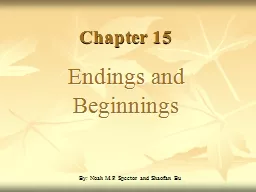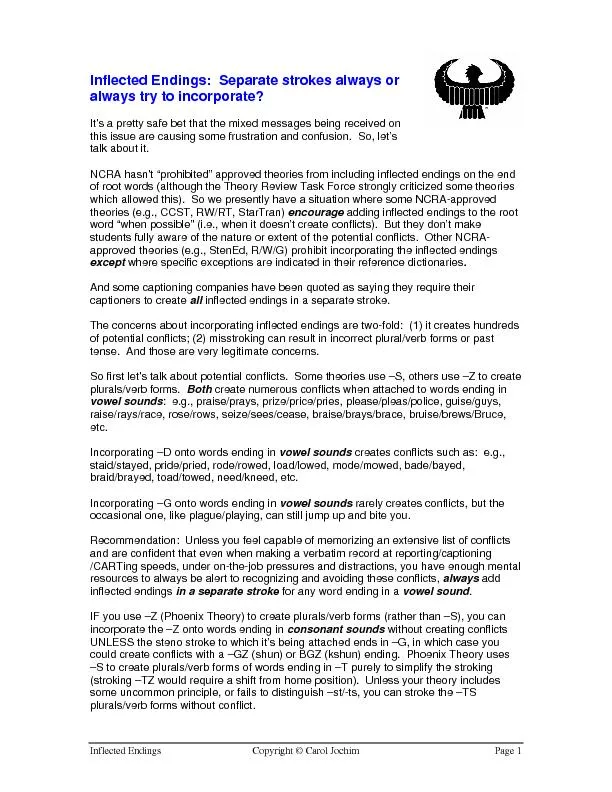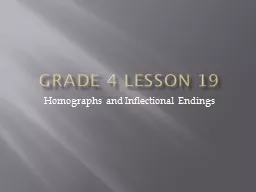PPT-Chapter 15 Endings and Beginnings
Author : tatyana-admore | Published Date : 2018-12-16
By Noah MP Spector and Shaofan Bu When is it over Determining when to end therapy Clients should have reasonable warning about when therapy will end Endings can
Presentation Embed Code
Download Presentation
Download Presentation The PPT/PDF document "Chapter 15 Endings and Beginnings" is the property of its rightful owner. Permission is granted to download and print the materials on this website for personal, non-commercial use only, and to display it on your personal computer provided you do not modify the materials and that you retain all copyright notices contained in the materials. By downloading content from our website, you accept the terms of this agreement.
Chapter 15 Endings and Beginnings: Transcript
Download Rules Of Document
"Chapter 15 Endings and Beginnings"The content belongs to its owner. You may download and print it for personal use, without modification, and keep all copyright notices. By downloading, you agree to these terms.
Related Documents














